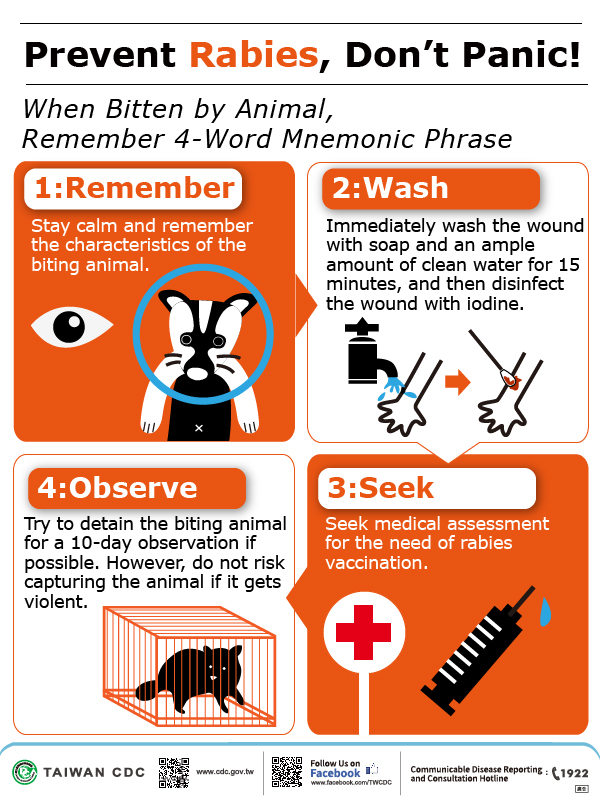- About CDC
- Diseases & Conditions
- Programs & Campaigns
-
Data & Statistics
- Taiwan National Infectious Disease Statistics System
- Statistics of HIV/AIDS
- Disease Surveillance Express
- Influenza Express
- National Notifiable Disease Surveillance Report
- Weekly Report of Enterovirus Infection
- Taiwan Healthcare-associated infection and Antimicrobial resistance Surveillance System
- Taiwan CDC Open Data Portal
- International Cooperation
-
About CDC
- Diseases & Conditions
-
Programs & Campaigns
-
Data & Statistics
- Taiwan National Infectious Disease Statistics System
- Statistics of HIV/AIDS
- Disease Surveillance Express
- Influenza Express
-
National Notifiable Disease Surveillance Report
National Notifiable Disease Surveillance Report
-
Weekly Report of Enterovirus Infection
Weekly Report of Enterovirus Infection
- Weekly Report 2025
- Weekly Report 2024
- Weekly Report 2023
- Weekly Report 2022
- Weekly Report 2021
- Weekly Report 2020
- Weekly Report 2019
- Weekly Report 2018
- Weekly Report 2017
- Weekly Report 2016
- Weekly Report 2015
- Weekly Report 2014
- Weekly Report 2013
- Weekly Report 2012
- Weekly Report 2011
- Weekly Report 2010
- Weekly Report 2009
- Weekly Report 2008
- Taiwan Healthcare-associated infection and Antimicrobial resistance Surveillance System
- Taiwan CDC Open Data Portal
- International Cooperation
- News
- Privacy Policy
- Security Policy
- Government Website Open Information Announcement
- Copyright Notice on Health Educational Materials
Background
Rabies is a zoonotic disease (a disease that is transmitted to humans from animals) that is caused by a virus. The disease affects domestic and wild animals, and is spread to people through close contact with infectious material, usually saliva, via bites or scratches. Rabies is present on all continents with the exception of Antarctica, but more than 95% of human deaths occur in Asia and Africa. Once symptoms of the disease develop, rabies is nearly always fatal.
Rabies is a neglected disease of poor and vulnerable populations whose deaths are rarely reported. It occurs mainly in remote rural communities where measures to prevent dog to human transmission have not been implemented. Under-reporting of rabies also prevents mobilization of resources from the international community for the elimination of human dog-mediated rabies.
Epidemiology
Rabies is a vaccine-preventable viral disease which occurs in more than 150 countries and territories. Infection causes tens of thousands of deaths every year, mostly in Asia and Africa. 40% of people who are bitten by suspect rabid animals are children under 15 years of age. Dogs are the source of the vast majority of human rabies deaths. Immediate wound cleansing and immunization within a few hours after contact with a suspect rabid animal can prevent the onset of rabies and death. Every year, more than 15 million people worldwide receive a post-exposure vaccination to prevent the disease – this is estimated to prevent hundreds of thousands of rabies deaths annually.
Literature research reveals rabies occurrences in Taiwan as early as in Japanese ruling period (1895-1945) and at least 11 cases in north and south of the island since 1900. Shortly after World War II, Rabies was introduced to Taiwan from China in 1947. There were epidemics occurred continually after the first human rabies case found at Taipei city in 1948, regard 238 cases in 1951and 102 cases in 1952 as most. Though dog vaccination countrywide, put out stray dogs and the quarantine of dog imported, controlled the epidemic effectively, no more human case appeared since 1959. Only one case each was reported from China in 2002 and 2012, and one from the Philippines in 2013. Animal's epidemic situation, Taiwan had not occurred animal's case since 1961, till July 16, 2013, Council of Agriculture’s Animal Health Research Institute reported to World Organization for Animal Health (OIE) on July 17 that the wild ferret-badger was contagious with the rabies virus.
Rabies Surveillance in Taiwan
Taiwan National Infectious Disease Statistics System--Rabies
Prevention and Control
- After the rabies outbreak in animals in July 2013 in Taiwan, MOHW and COA, through inter-ministerial cooperation mechanisms, jointly took three control measures, including:
- (1) promoting domestic dogs and cats vaccination
- (2)providing pre-exposure vaccination protection for first line animal disease control workers
- (3)PEP for people bitten or scratched by high risk animals from animal rabies-endemic areas
- In addition to increasing immunization coverage of dogs and cats to reduce the risk of dogs and cats from being infected by rabid ferret badgers, providing pre-exposure vaccination (PrEP) and PEP for people with high risk of exposure can protect human from rabies infection and onset of disease.
FAQs
- What is Rabies?
- Rabies is a disease transmitted from animals to humans, which is caused by a virus. There are two clinical manifestations of rabies – frantic and paralytic. Frantic rabies is most common form of human rabies.
- How is rabies transmitted?
- The rabies virus invades the nervous system of mammals. It is primarily transmitted from the rabid animal’s saliva when it bites or scratches someone. Licks to wounds or grazed and broken skin, or to the lining of the mouth and nose, can also transmit the disease.
- Is rabies always fatal?
- Human rabies caused by the classical rabies virus continues to be almost 100% fatal, with no specific treatment available anywhere in the world.
- What is the standard vaccination schedule for Rabies pre-exposure prophylaxis?
- Rabies vaccines should be administered as soon as possible after exposure. The five-dose regimen consists of one dose each on days 0 (the date of the first dose of vaccine administration), 3, 7, 14 and 28.
More Information
Images

About CDC
Data & Statistics
- Taiwan National Infectious Disease Statistics System
- Statistics of HIV/AIDS
- Disease Surveillance Express
- Influenza Express
- National Notifiable Disease Surveillance Report
- Weekly Report of Enterovirus Infection
- Taiwan Healthcare-associated infection and Antimicrobial resistance Surveillance System
- Taiwan CDC Open Data Portal

